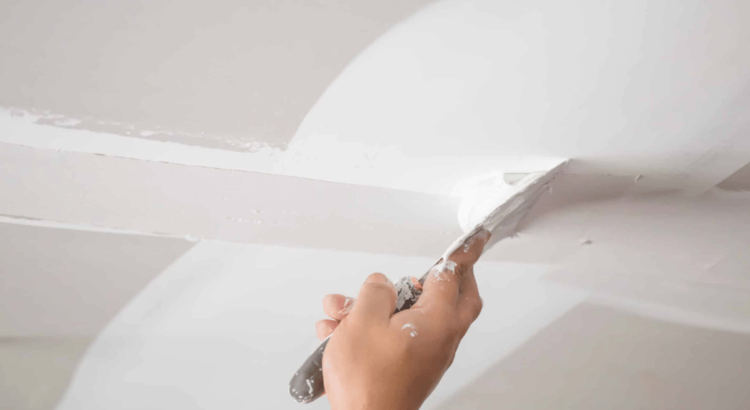Drywall Repair
Whether due to mishaps, wear and tear, or ecological aspects, drywall can establish cracks, holes, or other kinds of damage. In this short article, we will go over some of the most common types of drywall damage and how to repair them.

Kinds Of Drywall Damage
Prior to we go over how to repair drywall, it is vital to comprehend the kinds of damage that can take place. The most typical kinds of drywall damage include:
Cracks: These are small lines that can appear in the drywall due to movement or settling of your house. They can also happen due to temperature changes or making use of inappropriate installation strategies.
Holes: Holes can be brought on by numerous factors, consisting of accidental damage, hanging heavy objects, or removing hardware such as screws or nails.
Water Damage: Water damage is a common type of drywall damage that occurs due to leakages, flooding, or high humidity levels. It can trigger the drywall to swell, warp, or end up being blemished.
Dents: Dents can happen when the drywall is struck by a heavy things, such as furniture or a door.
Popped Nails: This type of damage takes place when the drywall nail ends up being loose and pushes out of the wall, causing a noticeable bump.
Repairing Drywall Cracks
Fractures are one of the most common kinds of drywall damage. They are usually brought on by movement or settling of the house, temperature changes, or incorrect installation strategies. Fortunately is that fixing drywall fractures is relatively simple.
To repair a fracture in drywall, follow these steps:
Tidy the area around the crack with a drywall knife to remove any loose particles or drywall dust.
Use a layer of joint substance over the crack utilizing a putty knife. Make certain to spread the substance uniformly over the crack and feather the edges to create a smooth surface.
When the joint compound is dry, sand the location gently to eliminate any rough edges or bumps.
Repeat the procedure until the crack is completely filled and the surface is smooth.
When the final layer of joint substance is dry, sand the area lightly to guarantee a smooth finish.
Prime and paint the location to match the surrounding wall.
Fixing Drywall Holes
Holes in drywall can be brought on by various elements, consisting of unintentional damage, hanging heavy things, or removing hardware such as screws or nails. Fixing drywall holes is relatively straightforward.
To repair a hole in drywall, follow these actions:
Clean the location around the hole with a drywall knife to remove any loose debris or drywall dust.
Cut a piece of drywall to fit the size of the hole. Make certain the brand-new piece of drywall is somewhat larger than the hole.
Hold the new piece of drywall over the hole and trace around it with a pencil.
Cut along the pencil line with a drywall saw to remove the harmed drywall.
Apply joint substance around the edges of the hole using a putty knife.
Location the new piece of drywall over the hole and press it securely into the joint compound.
Apply a layer of joint compound over the brand-new drywall spot, feathering the edges to create a smooth surface.
As soon as the joint compound is dry, sand the location lightly to get rid of any rough edges or bumps.
